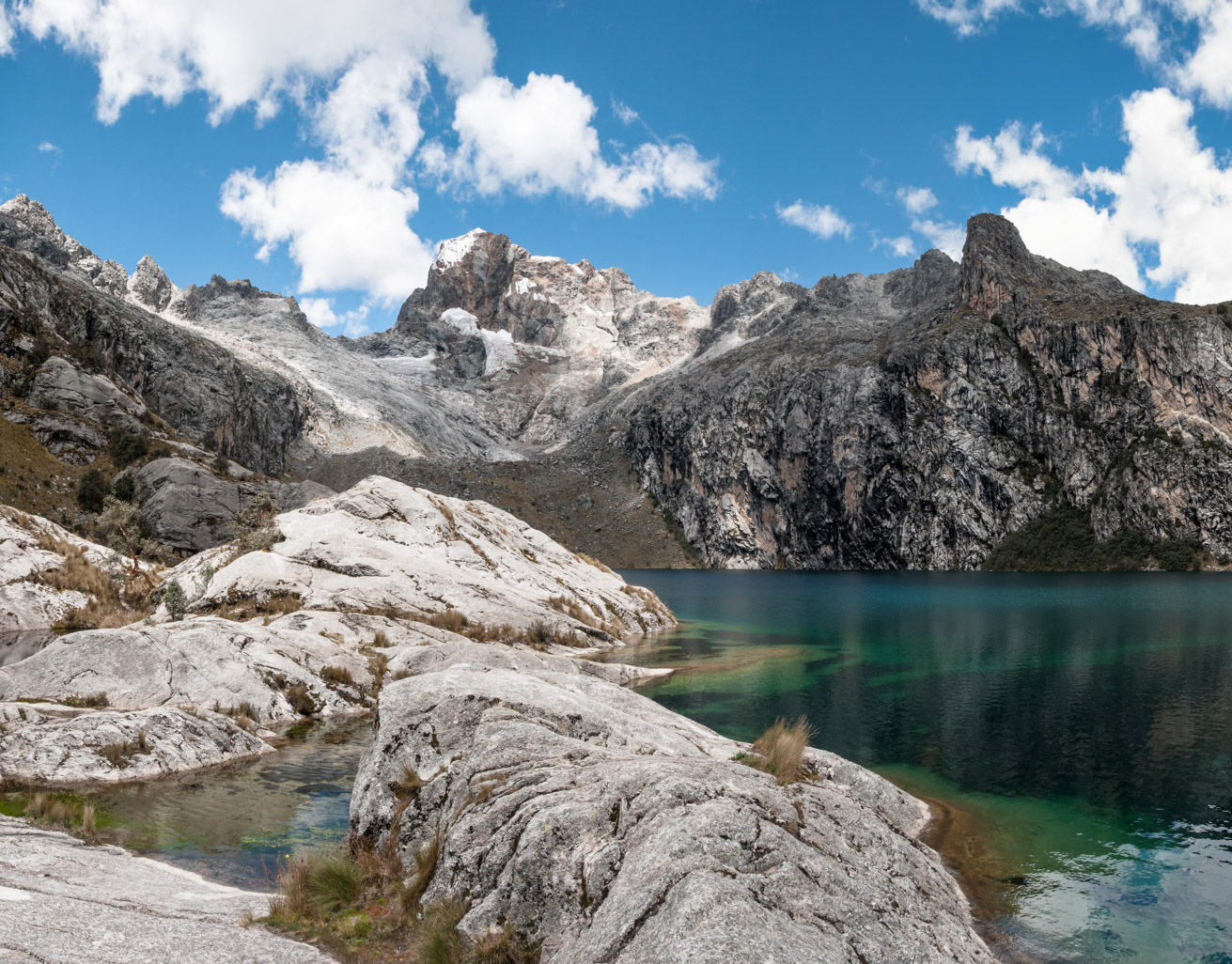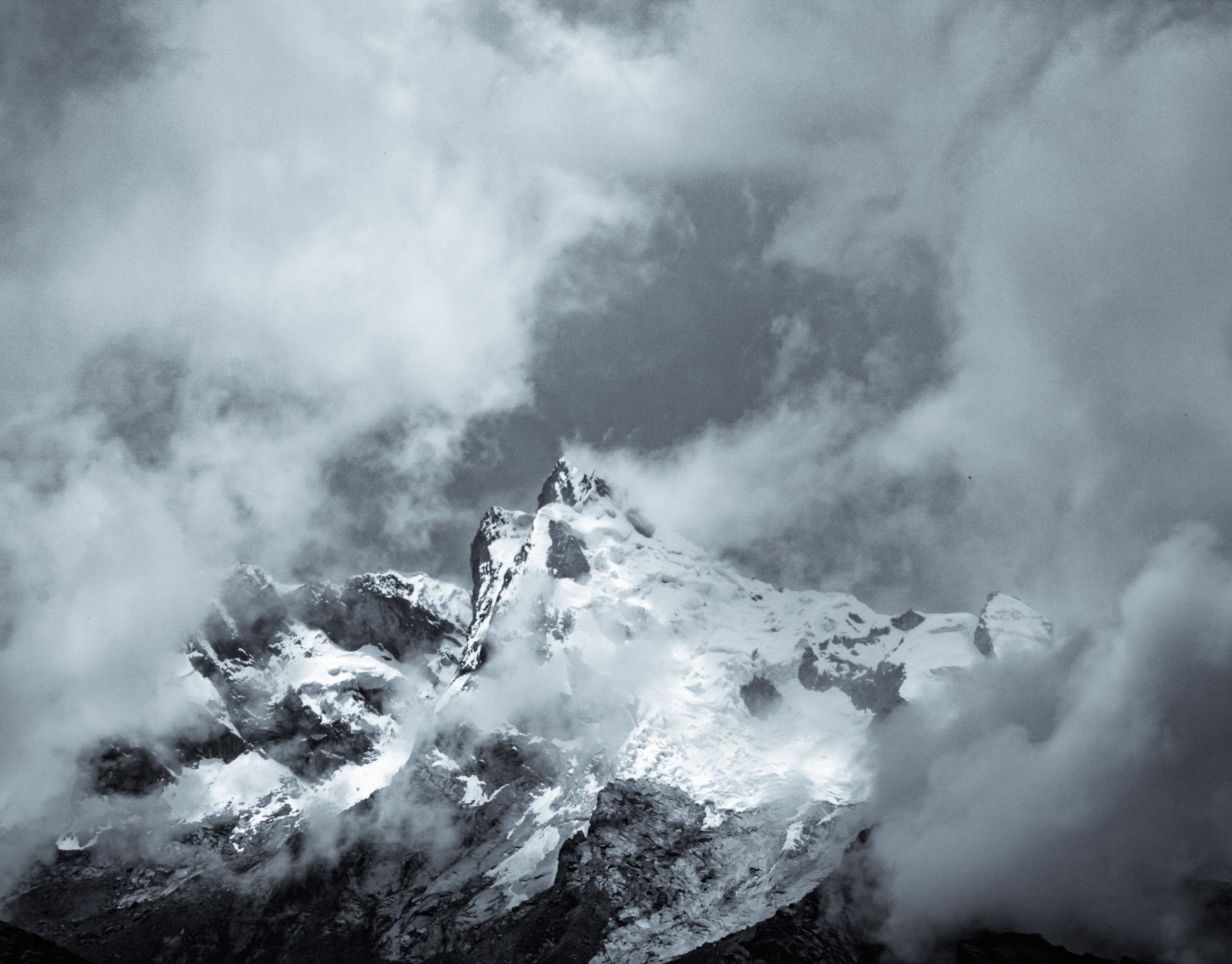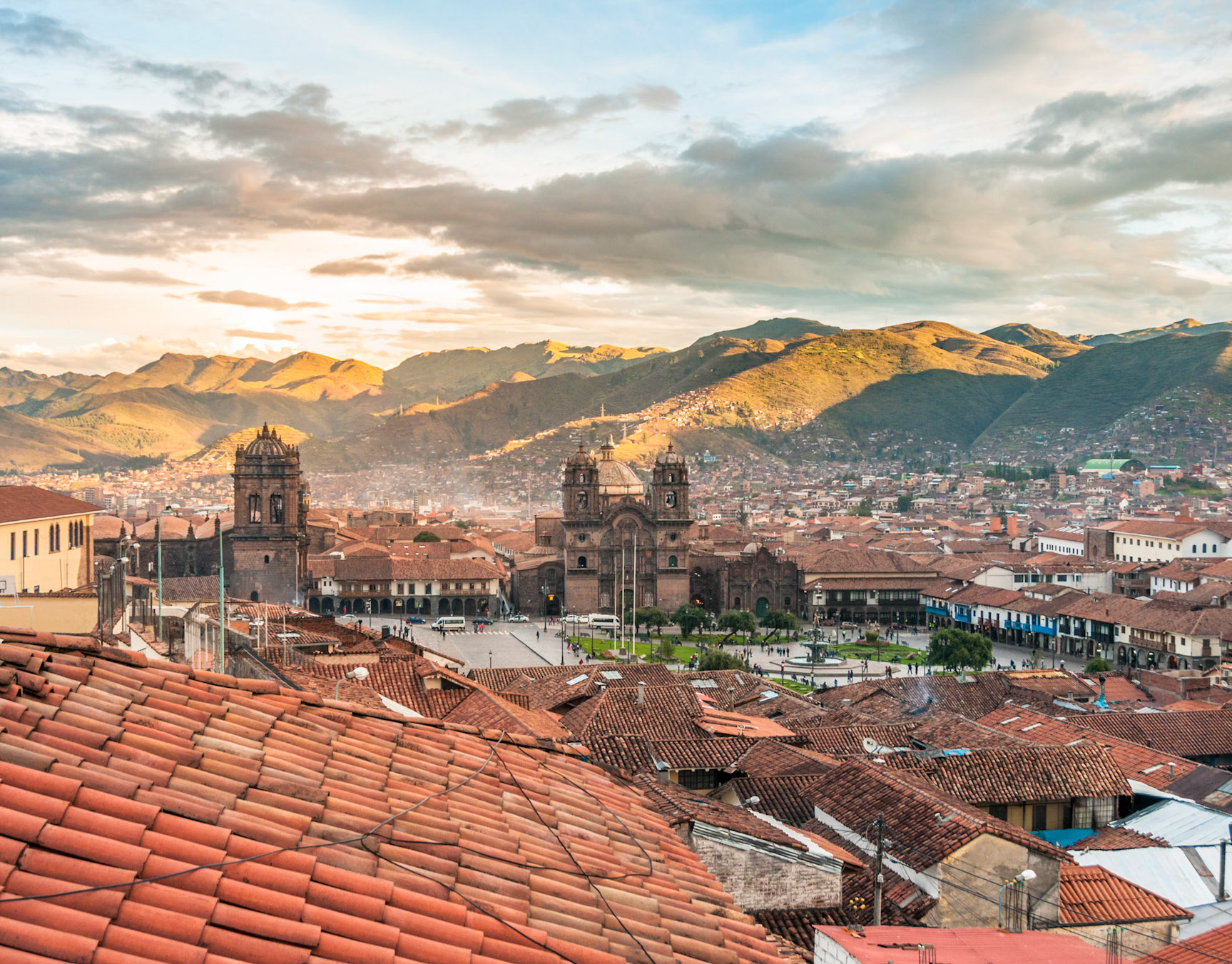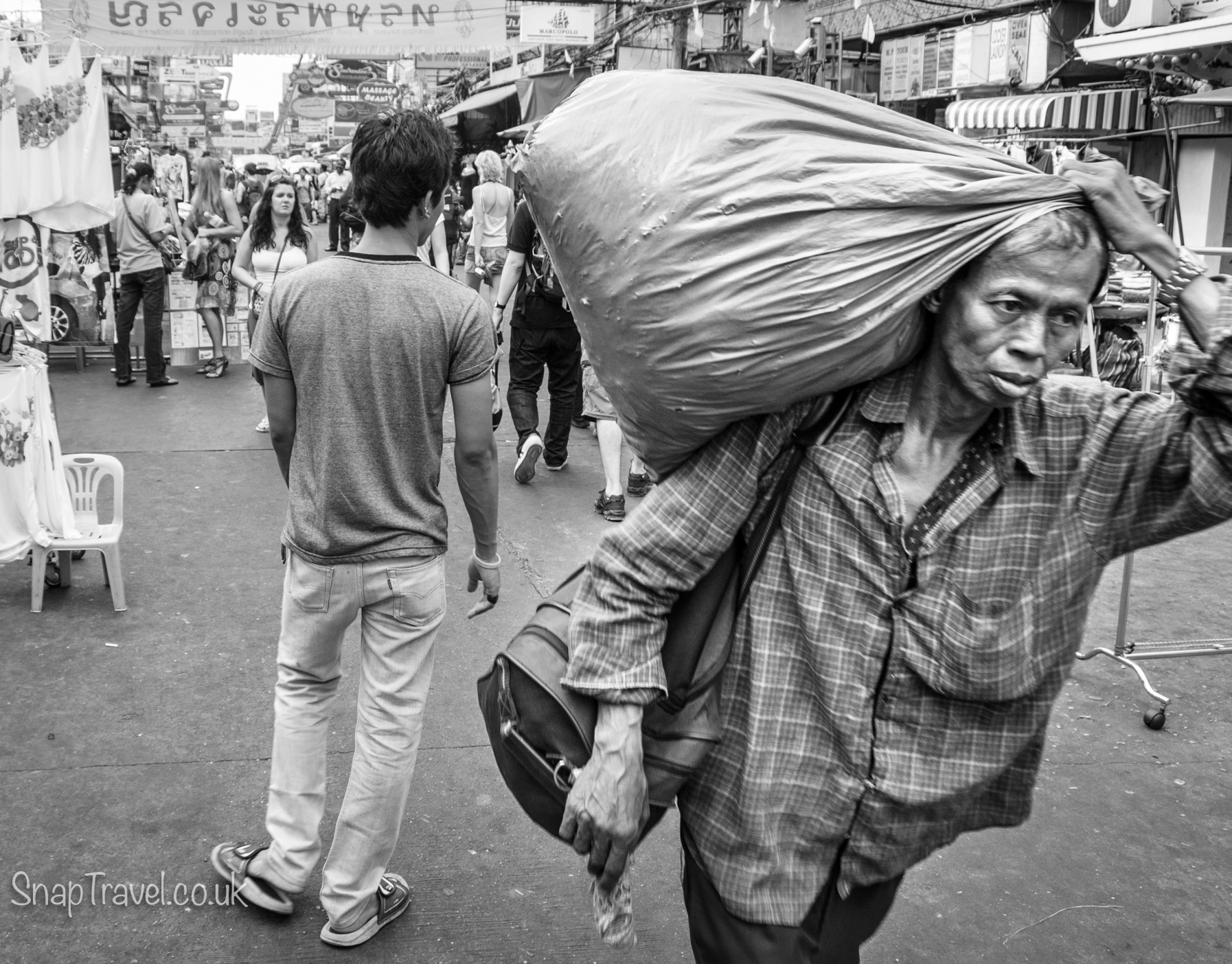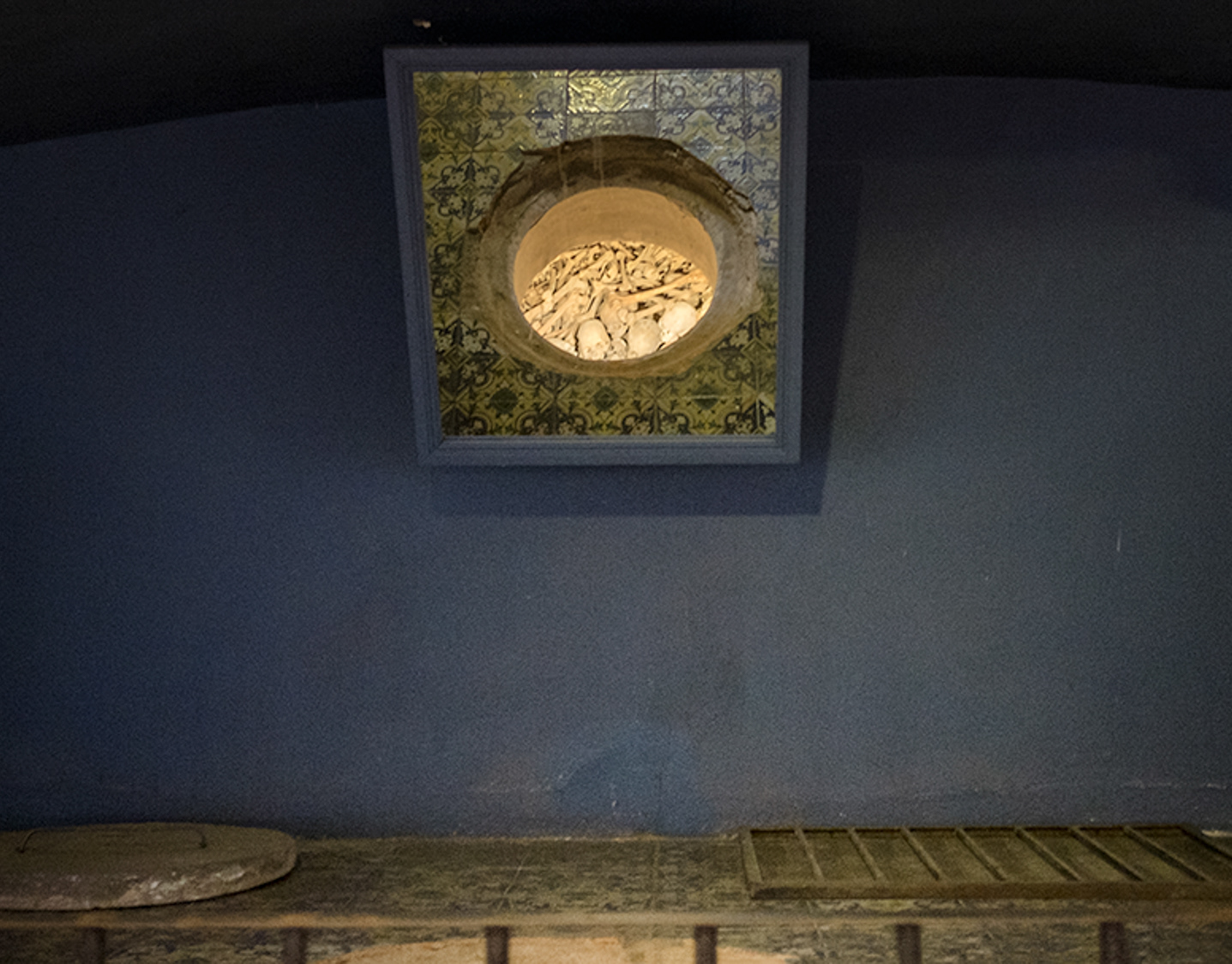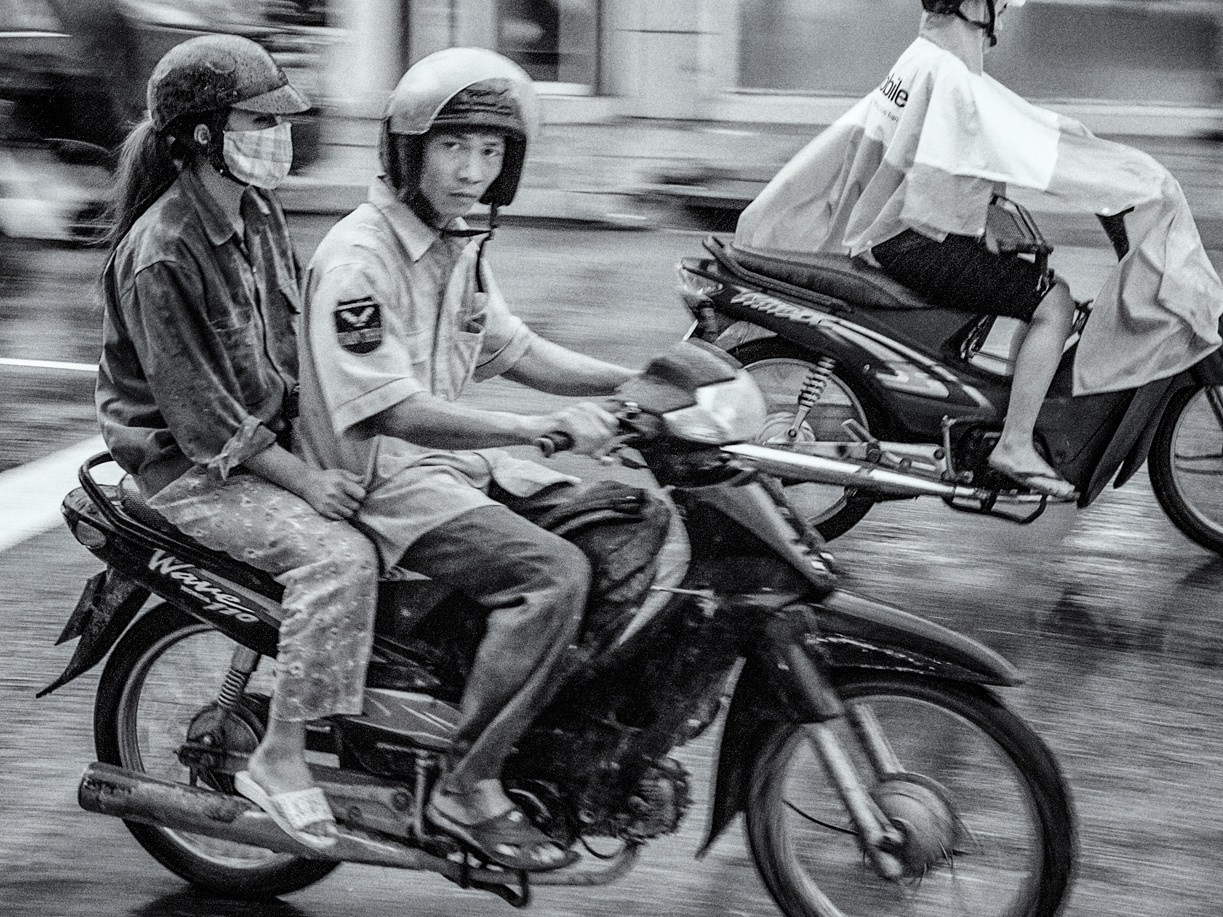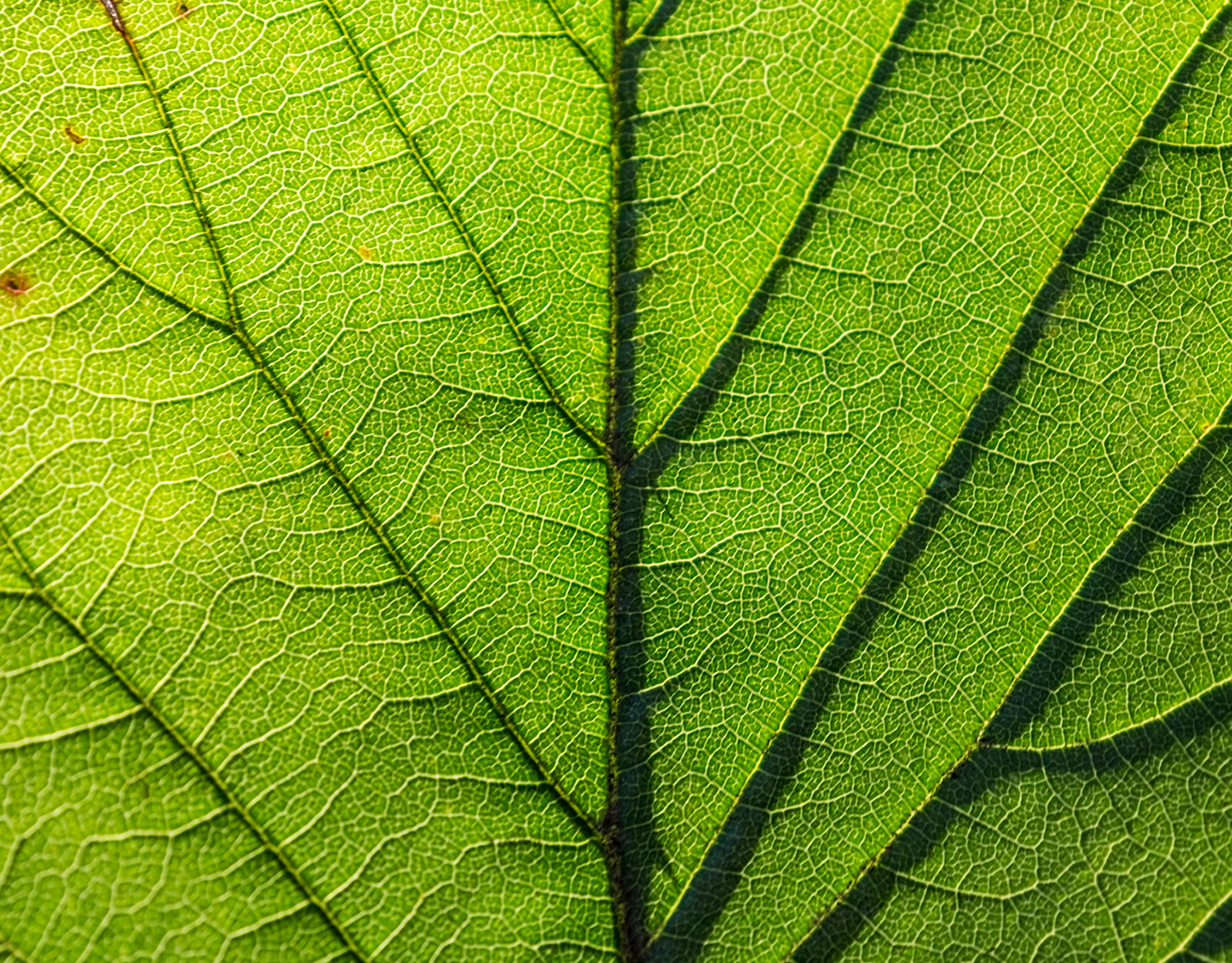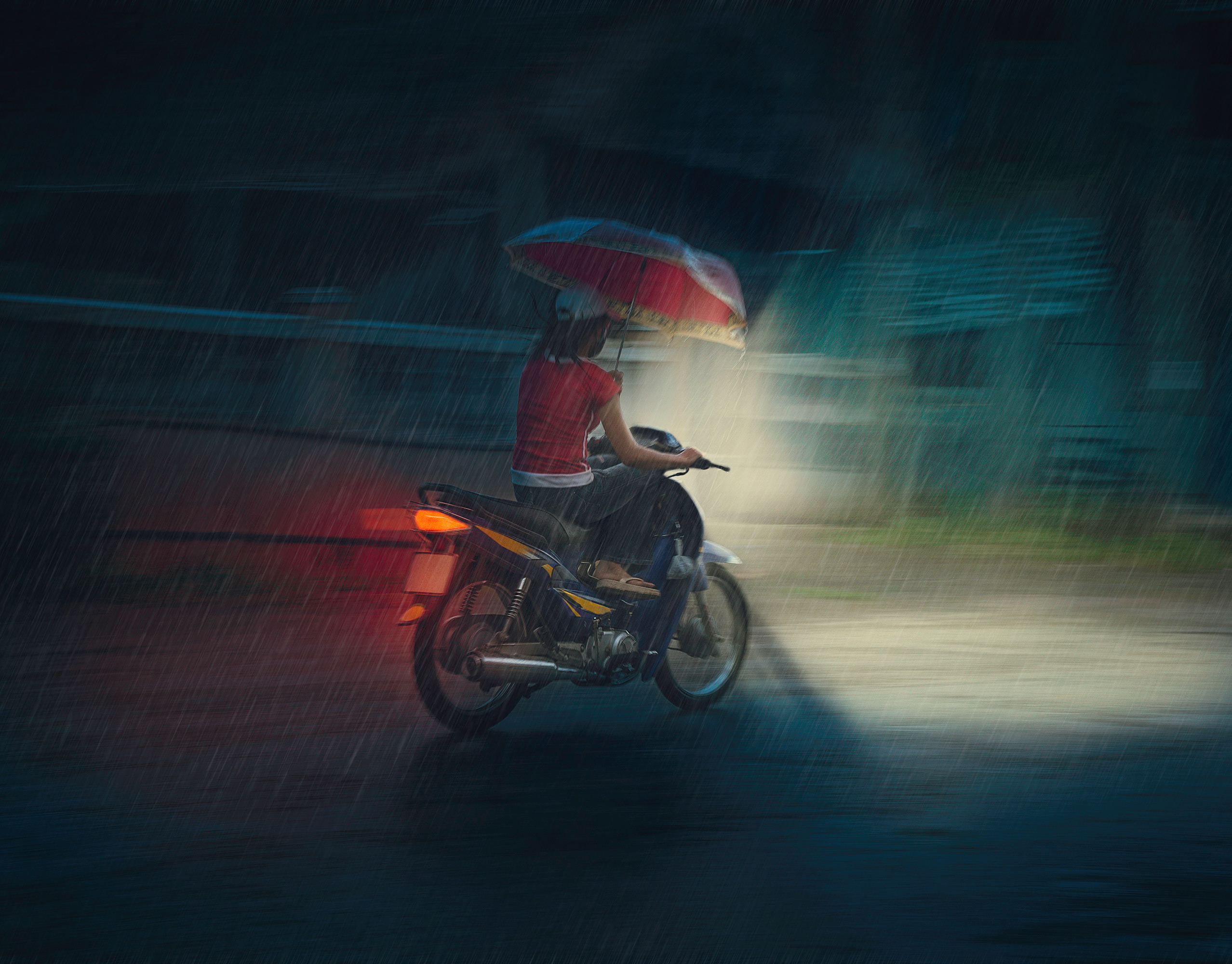By the time I arrived, a small gaggle of tourists already stood by the lake. I’d set out from Siem Reap early that morning on a rented bicycle. I planned to arrive early and beat the crowd, but between one thing and another, my plan never quite materialised. As I approached, I saw minivans already filled the small carpark along with a handful of tuk-tuk drivers. Most sat in the back of their cabs with their feet up reading the morning newspaper. They’d delivered their customers and now had to wait for them to return. After chaining my bike to a tree, I walked over to where the tourists gathered.
🔺View of the lake and the gatehouse.
I was in Cambodia, and this was my first view of Angkor Wat. A symbol of Cambodia and one of the most famous landmarks in Asia. The sun, still low, caused me to shield my eyes as I walked across the stone bridge over the moat and passed through the gatehouse. Once inside the temple grounds, I walked over to one of two lakes in front of the Wat and found a spot where the temple reflected in the motionless water's surface. It was an iconic viewpoint, the postcard view, I suppose you could call it. After a few moments taking in the spender of my surroundings, I began taking photos, trying to frame up that familiar postcard shot. As I did, I heard a woman’s voice behind me say something about a camera. I wondered if she was referring to me.
I should point out, this was around two thousand and six, and I was using a bulky DSLR Nikon camera with several equally cumbersome interchangeable lenses. DSLR’s were not all that unusual at this point, but smartphones had not yet replaced the point-and-shoot cameras still popular with most tourists of the time.
I glanced around and saw a young couple, both carrying large backpacks which I recognised immediately as Lowepro camera bags. Rather large, expensive bags with tripods hanging from the back of each of them. They likely had some serious camera equipment and were perhaps professional photographers.
‘No,’ the man answered his partner, ‘there’s no point in taking a picture here. Everyone takes this photo; there must be millions just like it.’ And with that, they both marched off toward the temple, cameras still in bags.
‘Extraordinary,’ I thought as I watched them walk off around the lake and across the opposite bank, right through the middle of my photo, ‘to be in such an amazing place, looking at this iconic view, carrying all that photography equipment, and not take a photo.’ Undeterred, I waited for them to get out of my frame and carried on making my postcard shot.
‘No,’ the man answered his partner, ‘there’s no point in taking a picture here. Everyone takes this photo; there must be millions just like it.’ And with that, they both marched off toward the temple, cameras still in bags.
‘Extraordinary,’ I thought as I watched them walk off around the lake and across the opposite bank, right through the middle of my photo, ‘to be in such an amazing place, looking at this iconic view, carrying all that photography equipment, and not take a photo.’ Undeterred, I waited for them to get out of my frame and carried on making my postcard shot.
🔺The stone bridge over the moat (taken much later in the day).
To be fair, I didn’t know the full story. There could be many reasons they didn’t take that photo; perhaps they had the luxury of time, or maybe they had already taken it. Perhaps they were professionals on an assignment, and this view didn’t fit their brief. I didn’t know, but I found it a strange little encounter none the less.
Over the following days, while exploring the various temples around Angkor Wat, the man’s words gave me pause for thought. ‘Was I taking the same photos as everyone else?’ If so, perhaps I may as well buy a postcard. Each time I took a photo I thought to myself, ‘how many people have stood with their feet planted right where mine are now and taken this same picture?’ I have to admit it made me try harder to find unique viewpoints; I climbed a little higher where possible, crouched a little lower to change my angle of view, or walked further off the beaten track to take my photos. In that respect, thinking in this way was a useful creative exercise. But, I found I couldn’t agree with the idea of turning my nose up at a photo on the grounds there were probably already millions just like it.
🔺A closer view of the main temple of Angkor Wat.
It may be a different story for professional photographers. But for enthusiasts, photography can be many things. For some, the process of taking the photos is more enjoyable than the images themselves. For others, it may merely be a case of capturing memories; their pictures are keepsakes and souvenirs. For many enthusiasts, photography is an art and their creative outlet. Perhaps it’s this last group who put the most effort into their hobby and strive to better their photography.
🔺A view from behind Angkor Wat of the sunset.
I feel it doesn’t matter how many people have taken the photo before you; there’s value in retaking it, even if only for practice and a keepsake. Iconic landmarks like Angkor Wat, the Taj Mahal, and Machu Picchu, have been photographed millions of times. If you’re lucky enough to visit any of these places, let’s face it, you’re unlikely to discover a vantage point nobody has ever found before. (Unless you have a drone, which is one reason drone photography is so exciting). But although you have the same vantage point as the millions who came before you, your photo will be unique, even if only slightly. And the tiniest of changes can be the difference between a snapshot and a great photo.
I’m not claiming my photo of Angkor Wat is all that great. When I look at it some twelve years later, I see much room for improvement. But I’m glad I took it, and if I ever go back to Angkor Wat, I’ll retake it, and perhaps next time I’ll do a little better.
🔺My postcard view of Angkor Wat.


